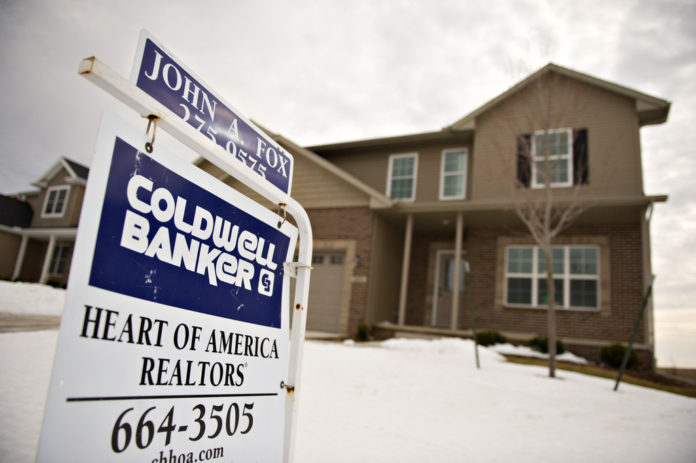
PROVIDENCE – Rhode Island had the fifth-highest percentage of residential properties in negative equity in the third quarter at 10 percent, CoreLogic said Thursday.
Nevada had the highest percentage of mortgaged properties in negative equity at 14.2 percent, followed by Florida, 12.5 percent; Illinois, 10.6 percent; and Arizona, 10.6 percent.
These top five states combined accounted for 30.6 percent of negative equity mortgages in the U.S., but only 16.3 percent of outstanding mortgages, CoreLogic said.
In addition, 9 percent of residential properties in the Providence-Warwick-Fall River metropolitan area with a mortgage were in negative equity in the third quarter compared with 11.9 percent in third quarter 2015, CoreLogic said.
That’s 32,938 properties versus 42,740 properties a year ago.
An additional 7,376 properties, or 2 percent, in the Providence metro were in near-negative equity, which means less than 5 percent equity, in the third quarter compared with 8,900, or 2.5 percent, in third quarter 2015.
The percentage of properties in negative equity, also known as “underwater” or “upside down” as borrowers owe more than their homes are worth, was higher in Rhode Island and in the Providence metro than the U.S. average.
Nationwide, the number of residential properties in negative equity totaled 3.2 million, or 6.3 percent of all homes with a mortgage. That decreased from 8.4 percent, or 4.2 million homes, in third quarter 2015.
Negative equity peaked at 26 percent in fourth quarter 2009 in the U.S. Negative equity can occur because of a dip in home value, an increase in mortgage debt, or a combination of both.
Anand Nallathambi, president and CEO of Corelogic, said home prices rose nearly 6 percent nationwide this year through the end of September. He said that is a key ingredient for home equity wealth creation.
“Paydown of principal is the second key component of equity building. Many homeowners have refinanced into shorter-term loans, such as a 15-year loan, and by doing so, they have significantly fewer mortgage payments and are able to build equity wealth faster,” Nallathambi said in a statement.
The bulk of home equity for mortgaged properties is concentrated at the high end of the housing market. For example, 96 percent of homes valued at greater than $200,000 have equity compared with 90 percent of homes valued at less than $200,000.












